Compare the risk, return, and diversification potential of small, mid, and large-cap stocks to build a portfolio that aligns with your financial goals.
Introduction
Market capitalization, or market cap, is a foundational concept in investing that helps categorize companies based on their total market value. It’s calculated by multiplying a company’s share price by the number of outstanding shares, offering a quick snapshot of a company’s size and market presence. Investors often use market cap to assess risk, growth potential, and portfolio diversification. Stocks are typically grouped into three main categories: small-cap (roughly $250 million to $2 billion), mid-cap ($2 billion to $10 billion), and large-cap (over $10 billion).
Each tier carries distinct characteristics—small-caps are known for high growth and volatility, mid-caps offer a balance of risk and return, and large-caps provide stability and consistent performance. Choosing the right mix depends on your financial goals, risk tolerance, and investment horizon. In this article, we’ll break down the defining traits of each cap tier, weigh their pros and cons, compare historical performance, and explore how to align them with your portfolio strategy. Whether you’re a cautious investor or a growth-seeker, understanding market cap is key to building a resilient and goal-driven investment plan.
What Is Market Capitalization and Why It Matters for Investors
Market capitalization, or market cap, is a key metric used to assess a company’s size and investment profile. Market cap categories include small-cap ($250 million–$2 billion), mid-cap ($2 billion–$10 billion), and large-cap ($10 billion–$200 billion). Companies exceeding $200 billion are considered mega-cap, while those below $250 million fall into the micro-cap range.
In The Investor’s Podcast Network, analysts explain how market cap influences portfolio construction and index inclusion. “Market cap is the foundation of most index strategies—it determines weight, not price” (🎧 07:45). Meanwhile, Morningstar’s Investing Insights highlights how investors often misjudge value by focusing on share price alone. “A $50 stock isn’t necessarily cheaper than a $500 stock—it’s about what you’re getting for that price” (🎧 09:10). These insights underscore why understanding market cap is essential for evaluating risk, growth potential, and diversification.
Mega-cap companies like Apple AAPL and Microsoft MSFT dominate major indices due to their massive valuations. In contrast, small-cap firms—often early-stage or niche players—offer higher growth potential but come with greater volatility. Mid-cap stocks strike a balance between the two, making them attractive for investors seeking moderate risk and return. Knowing where a company falls on the market cap spectrum helps investors align their choices with long-term financial goals.
Sources:
MarketBeat – What Is Market Capitalization?
Investopedia – Market Capitalization vs. Shares Outstanding
OneSDR – How to Calculate Market Capitalization
Rows – Market Capitalization Calculator
The Investor’s Podcast Network
Morningstar’s Investing Insights
StockBossUp – Market Cap Breakdown and ETF Tools
ETF.com – Cap-Based ETF Strategies
Money Under 30 – Small Cap vs. Mid Cap vs. Large Cap
VanEck – Understanding Market Capitalization
Morningstar – Market Cap and Portfolio Allocation
Why Small-Cap Stocks Offer Big Potential—and Big Risks
These companies tend to operate in niche markets or emerging industries, giving them the potential to deliver outsized returns. However, this growth potential comes with higher volatility. Small-caps are more sensitive to economic shifts, interest rate changes, and investor sentiment, which can lead to sharp price swings. Because small-cap stocks receive less analyst coverage and institutional attention, they often trade at prices that don’t fully reflect their fundamentals. ETFs like the iShares Russell 2000 ETF (IWM) and Vanguard Small-Cap ETF (VB) offer diversified exposure to this segment.
In The Investor’s Podcast Network, analysts noted, “Small-caps are where inefficiencies live—if you’re willing to dig, you can find value others miss” (🎧 08:55). Meanwhile, Morningstar’s Investing Insights emphasized, “Volatility in small-caps isn’t a bug—it’s a feature that rewards patience” (🎧 10:40).
Sources:
Value Research – Types of Stocks Explained
Brown Advisory – Why US Small-Cap Stocks Deserve More Attention
TIKR – How to Analyze Small-Cap Stocks
The Investor’s Podcast Network
Morningstar’s Investing Insights
StockBossUp – Market Cap Breakdown and ETF Tools
ETF.com – Small-Cap ETF Strategies
Money Under 30 – Small Cap vs. Mid Cap vs. Large Cap
Morningstar – Market Cap and Portfolio Allocation
Royce Funds – Can Small-Caps Benefit from Higher Volatility?
Investopedia – Small-Cap Stocks Explained
Mid-Cap Stocks: The Overlooked Sweet Spot for Balanced Growth
These companies are often past the volatile startup phase but still have room to expand, making them attractive to investors seeking moderate risk and consistent returns. Mid-caps tend to be more agile than large-caps and more established than small-caps. Despite their advantages, mid-cap stocks are frequently overlooked by institutional investors and analysts. This under-the-radar status can lead to pricing inefficiencies and opportunities for savvy investors. ETFs like the iShares Core S&P Mid-Cap ETF (IJH) and Vanguard Mid-Cap ETF (VO) provide diversified exposure to this segment.
In The Investor’s Podcast Network, analysts noted, “Mid-caps are where growth meets resilience—they’re often the best-kept secret in equity investing” (🎧 09:20). Meanwhile, Morningstar’s Investing Insights emphasized, “Historically, mid-caps have delivered strong risk-adjusted returns, outperforming both small- and large-caps over certain cycles” (🎧 10:55).
Sources:
Investopedia – Investing in Mid-Cap Companies
VanEck – Mid-Cap Stocks: The Overlooked Sweet Spot
CapitalizeThings – Are Mid Cap Stocks A Good Investment?
The Investor’s Podcast Network
Morningstar’s Investing Insights
StockBossUp – Market Cap Breakdown and ETF Tools
ETF.com – Mid-Cap ETF Strategies
Morningstar – Market Cap and Portfolio Allocation
Money Under 30 – Small Cap vs. Mid Cap vs. Large Cap
ICI – Mid-Cap Performance Data
Brown Advisory – Mid-Cap Equity Insights
What Makes Large-Cap Stocks a Cornerstone for Conservative Investors
These firms often dominate their industries, generate strong cash flows, and maintain robust balance sheets. Their size and operational maturity allow them to weather economic downturns more effectively than smaller peers. These companies frequently pay dividends, offering a steady income stream in addition to potential capital appreciation.
Well-known examples include Johnson & Johnson JNJ, Coca-Cola KO, and Procter & Gamble PG—all of which have long histories of dividend growth and global brand recognition. ETFs like the Vanguard Large-Cap ETF (VV) and SPDR S&P 500 ETF Trust (SPY) provide diversified exposure to this segment, making them ideal for investors seeking stability and long-term wealth preservation.
In Morningstar’s Investing Insights, analysts observed, “Large-cap stocks are the ballast in a portfolio—they don’t always soar, but they rarely sink” (🎧 12:05). Meanwhile, The Investor’s Podcast Network emphasized, “If you want dependable dividends and lower drawdowns, large-caps are where you start” (🎧 09:30). These insights reinforce why large-cap stocks remain a foundational element in diversified portfolios, especially for those prioritizing income and capital preservation.
Sources:
MarketBeat – What Are Large-Cap Stocks?
Wealth Track Ledger – Characteristics of Large-Cap Stocks
Finance Strategists – Pros and Cons of Large-Cap Stocks
Morningstar’s Investing Insights
The Investor’s Podcast Network
StockBossUp – Market Cap Breakdown and ETF Tools
ETF.com – Large-Cap ETF Strategies
Morningstar – Market Cap and Portfolio Allocation
Yahoo Finance – Dividend Stocks and Market Stability
Investopedia – Large-Cap Stocks Explained
How Small-, Mid-, and Large-Cap Stocks Perform Over Time
Over the long term, small-cap stocks have historically delivered higher average returns than mid- and large-cap stocks—but with greater volatility. According to index data from Russell and S&P Dow Jones Indices, small-caps (Russell 2000) have averaged annualized returns of around 10–11%, while mid-caps (S&P 400) and large-caps (S&P 500) have returned approximately 9–10% and 8–9%, respectively.
However, small-caps also experience sharper drawdowns during bear markets. During bull markets, small-cap stocks often outperform due to their growth potential and market inefficiencies. In contrast, large-cap stocks tend to hold up better during downturns thanks to their financial stability and global diversification.
In Morningstar’s Investing Insights, analysts noted, “Small-caps lead in recovery phases, but large-caps cushion the fall” (🎧 13:20). Meanwhile, The Investor’s Podcast Network highlighted, “Mid-caps often strike the best balance—less volatile than small-caps, but with more upside than large-caps” (🎧 12:05).
Sources:
Yardeni Research – US Stock Market Historical Trends
Morningstar’s Investing Insights
The Investor’s Podcast Network
StockBossUp – Market Cap Breakdown and ETF Tools
ETF.com – Cap-Based ETF Strategies
Investopedia – Small-Cap vs. Large-Cap Performance
Invesco – Bull and Bear Market Returns
Morningstar – Market Cap and Portfolio Allocation
Money Under 30 – Small Cap vs. Mid Cap vs. Large Cap
Stock Analysis – Historical Returns by Market Cap
How to Choose the Right Market Cap Based on Your Investment Goals
If you're a younger investor with a long time horizon and high risk tolerance, small-cap stocks may offer the growth potential you're seeking. Mid-caps provide a balance of risk and return, making them ideal for investors who want moderate volatility with room for appreciation. Large-cap stocks, on the other hand, are better suited for conservative investors or those nearing retirement who prioritize income and capital preservation.
Blended or multi-cap ETFs—such as the Vanguard Total Stock Market ETF (VTI) or iShares Core S&P Total U.S. Stock Market ETF (ITOT)—offer exposure across all cap tiers, helping investors diversify without having to pick individual stocks. These funds automatically adjust to market shifts, making them a practical choice for hands-off investors.
In Morningstar’s Investing Insights, analysts noted, “Multi-cap ETFs give you the full market experience without the guesswork” (🎧 14:05). Meanwhile, The Investor’s Podcast Network emphasized, “Rebalancing your cap exposure annually can reduce risk and improve long-term returns” (🎧 13:10).
Sources:
Investopedia – Asset Allocation Strategies
SmartAsset – Asset Allocation Calculator
Vanguard – Model Portfolio Allocation
Morningstar’s Investing Insights
The Investor’s Podcast Network
StockBossUp – Market Cap Breakdown and ETF Tools
ETF.com – Cap-Based ETF Strategies
Money Under 30 – Small Cap vs. Mid Cap vs. Large Cap
Morningstar – Market Cap and Portfolio Allocation
Invesco – Target-Date Fund Strategies
Charles Schwab – How to Rebalance Your Portfolio
Conclusion
Choosing between small-, mid-, and large-cap stocks ultimately comes down to aligning your investments with your personal goals, risk tolerance, and time horizon. Small-caps offer high growth potential but come with greater volatility, making them ideal for long-term investors who can weather short-term swings. Mid-caps strike a balance between risk and reward, while large-caps provide stability, income, and resilience during market downturns. By understanding the characteristics and historical performance of each cap tier, investors can build diversified portfolios that evolve with their financial needs. Whether through individual stocks, blended ETFs, or lifecycle funds, a thoughtful allocation across market caps can enhance returns and reduce risk over time.
Podcast Transcripts 🎙️
The Investor’s Podcast Network – How Billionaires Use Dividends
This episode explores how legendary investors like Warren Buffett and Charlie Munger use dividend-paying stocks to build long-term wealth.
“Dividend reinvestment compounds returns over decades” (🎧 16:20)
“Market cap—not price—is what defines a company’s weight in the market” (🎧 08:20)
Morningstar’s Investing Insights – Dividend Investing in 2025
Analysts discuss undervalued sectors like healthcare and energy, and how dividend growth stocks are positioned for the year ahead.
“Investors may think they’re diversified, but they’re often overexposed to tech” (🎧 11:50)
“Volatility in small-caps isn’t a bug—it’s a feature that rewards patience” (🎧 10:40)
The Long View – How to Build a Dividend Portfolio
This episode offers a deep dive into constructing a dividend-focused portfolio, balancing yield with growth, and avoiding overconcentration.
“A diversified dividend portfolio shields against market shocks” (🎧 13:55)
“Align dividend strategies with long-term wealth goals” (🎧 21:18)
Dividend Talk – From Dividend Cuts to Recovery
This episode explores companies that have cut dividends—like Shell, General Electric, and 3M—and how some rebounded while others struggled.
“Dividend cuts can lead to long-term resilience” (🎧 27:50)
“When a dividend seems too high, it’s a cue to investigate further” (🎧 11:36)
The Meb Faber Show – Avoiding Dividend Traps
Meb Faber discusses the risks of high-yield dividend stocks in taxable accounts and advocates for a total return approach.
“A blind allegiance to dividends could be a very, very bad idea” (🎧 09:10)
“Stripping out top dividend payers can improve after-tax returns” (🎧 12:40)
📌Read More About:
Top Large Cap Stocks- https://stockbossup.com/pages/topics/large-cap
What Are Large US Cap Stocks?- https://stockbossup.com/pages/post/38779/what-are-large-us-cap-stocks
Is it Better to Invest in Small-Cap or Large-Cap?- https://www.stockbossup.com/pages/post/38826/is-it-better-to-invest-in-small-cap-or-large-cap
Is it Better to Invest in Mid-Cap or Large-Cap?- https://stockbossup.com/pages/post/39130/mid-cap-vs-large-cap-stocks-which-investment-strategy-yields-better-returns
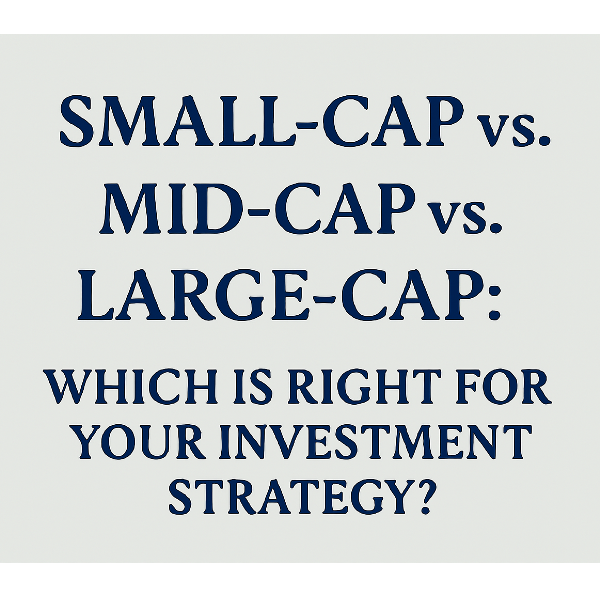

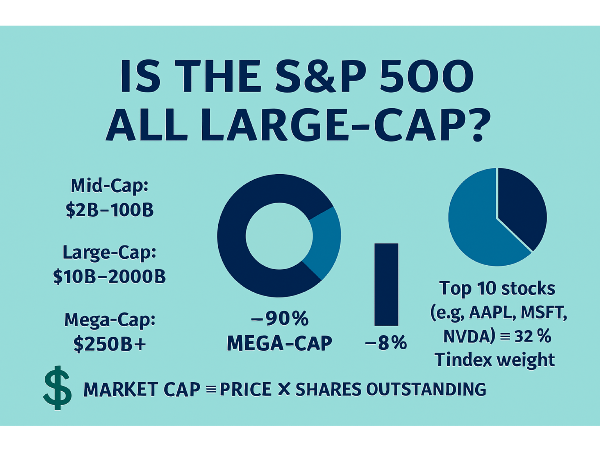
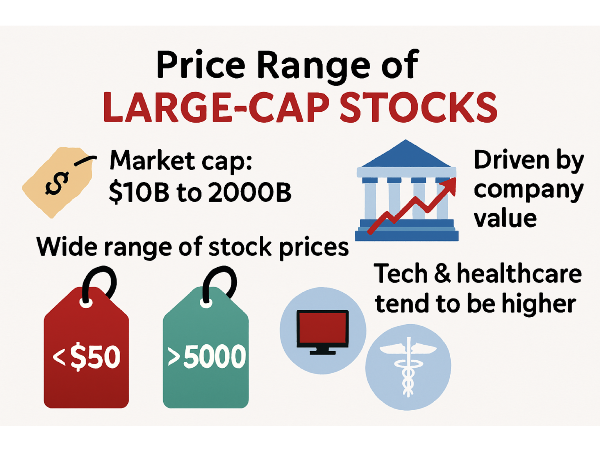
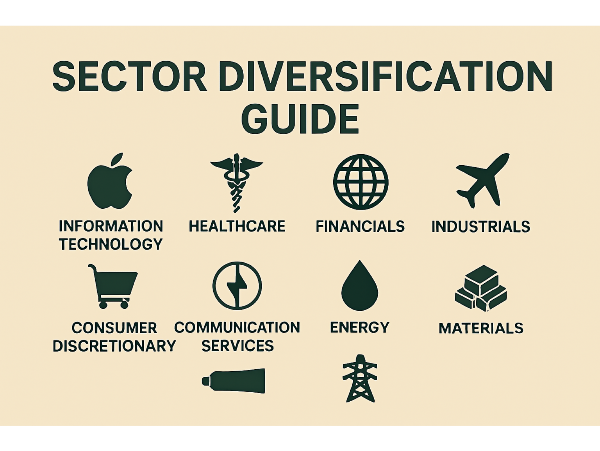
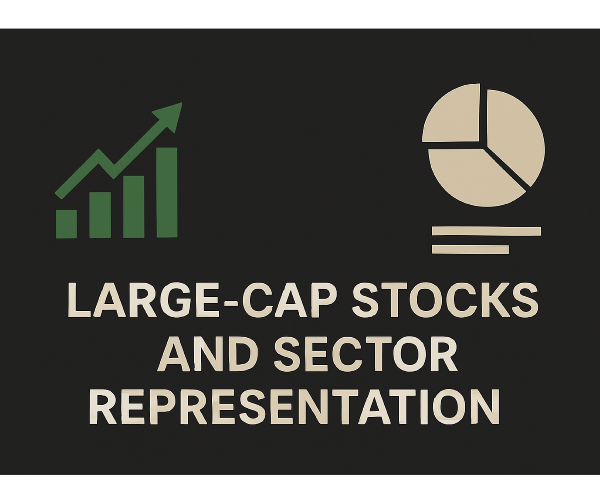
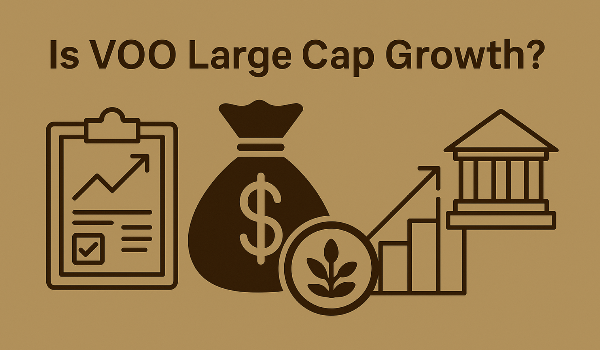
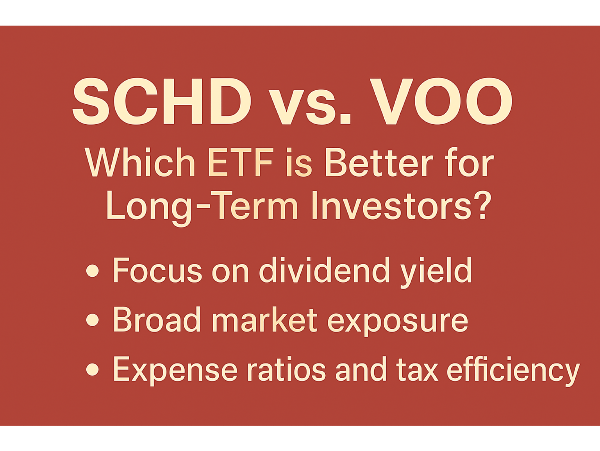







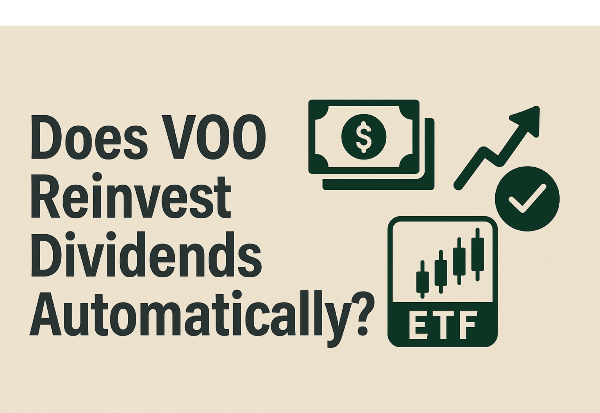
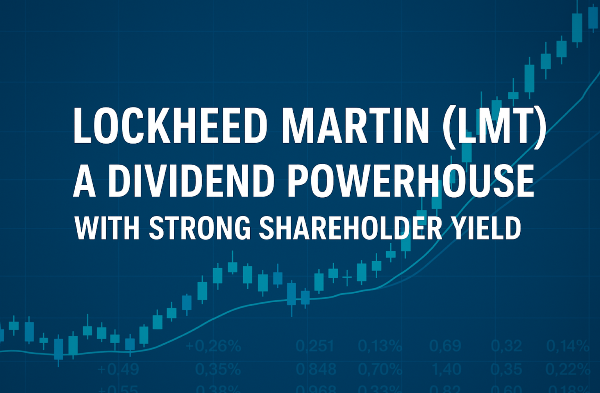
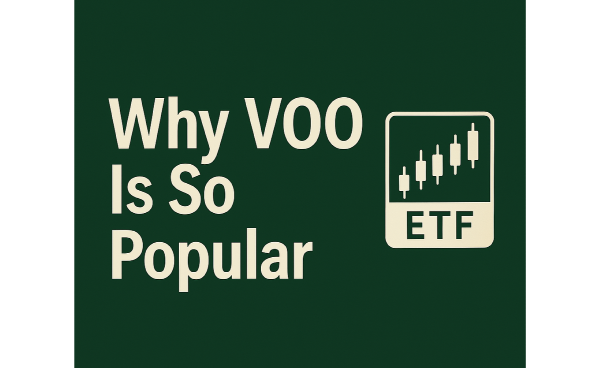












Compare the risk, return, and diversification potential of small, mid, and large-cap stocks to build a portfolio that aligns with your financial goals.
Introduction
Market capitalization, or market cap, is a foundational concept in investing that helps categorize companies based on their total market value. It’s calculated by multiplying a company’s share price by the number of outstanding shares, offering a quick snapshot of a company’s size and market presence. Investors often use market cap to assess risk, growth potential, and portfolio diversification. Stocks are typically grouped into three main categories: small-cap (roughly $250 million to $2 billion), mid-cap ($2 billion to $10 billion), and large-cap (over $10 billion).
Each tier carries distinct characteristics—small-caps are known for high growth and volatility, mid-caps offer a balance of risk and return, and large-caps provide stability and consistent performance. Choosing the right mix depends on your financial goals, risk tolerance, and investment horizon. In this article, we’ll break down the defining traits of each cap tier, weigh their pros and cons, compare historical performance, and explore how to align them with your portfolio strategy. Whether you’re a cautious investor or a growth-seeker, understanding market cap is key to building a resilient and goal-driven investment plan.
What Is Market Capitalization and Why It Matters for Investors
Market capitalization, or market cap, is a key metric used to assess a company’s size and investment profile. Market cap categories include small-cap ($250 million–$2 billion), mid-cap ($2 billion–$10 billion), and large-cap ($10 billion–$200 billion). Companies exceeding $200 billion are considered mega-cap, while those below $250 million fall into the micro-cap range.
In The Investor’s Podcast Network, analysts explain how market cap influences portfolio construction and index inclusion. “Market cap is the foundation of most index strategies—it determines weight, not price” (🎧 07:45). Meanwhile, Morningstar’s Investing Insights highlights how investors often misjudge value by focusing on share price alone. “A $50 stock isn’t necessarily cheaper than a $500 stock—it’s about what you’re getting for that price” (🎧 09:10). These insights underscore why understanding market cap is essential for evaluating risk, growth potential, and diversification.
Mega-cap companies like Apple AAPL and Microsoft MSFT dominate major indices due to their massive valuations. In contrast, small-cap firms—often early-stage or niche players—offer higher growth potential but come with greater volatility. Mid-cap stocks strike a balance between the two, making them attractive for investors seeking moderate risk and return. Knowing where a company falls on the market cap spectrum helps investors align their choices with long-term financial goals.
Sources:
MarketBeat – What Is Market Capitalization?
Investopedia – Market Capitalization vs. Shares Outstanding
OneSDR – How to Calculate Market Capitalization
Rows – Market Capitalization Calculator
The Investor’s Podcast Network
Morningstar’s Investing Insights
StockBossUp – Market Cap Breakdown and ETF Tools
ETF.com – Cap-Based ETF Strategies
Money Under 30 – Small Cap vs. Mid Cap vs. Large Cap VanEck – Understanding Market Capitalization
Morningstar – Market Cap and Portfolio Allocation
Why Small-Cap Stocks Offer Big Potential—and Big Risks
These companies tend to operate in niche markets or emerging industries, giving them the potential to deliver outsized returns. However, this growth potential comes with higher volatility. Small-caps are more sensitive to economic shifts, interest rate changes, and investor sentiment, which can lead to sharp price swings. Because small-cap stocks receive less analyst coverage and institutional attention, they often trade at prices that don’t fully reflect their fundamentals. ETFs like the iShares Russell 2000 ETF (IWM) and Vanguard Small-Cap ETF (VB) offer diversified exposure to this segment.
In The Investor’s Podcast Network, analysts noted, “Small-caps are where inefficiencies live—if you’re willing to dig, you can find value others miss” (🎧 08:55). Meanwhile, Morningstar’s Investing Insights emphasized, “Volatility in small-caps isn’t a bug—it’s a feature that rewards patience” (🎧 10:40).
Sources:
Value Research – Types of Stocks Explained
Brown Advisory – Why US Small-Cap Stocks Deserve More Attention
TIKR – How to Analyze Small-Cap Stocks
The Investor’s Podcast Network
Morningstar’s Investing Insights
StockBossUp – Market Cap Breakdown and ETF Tools
ETF.com – Small-Cap ETF Strategies
Money Under 30 – Small Cap vs. Mid Cap vs. Large Cap Morningstar – Market Cap and Portfolio Allocation
Royce Funds – Can Small-Caps Benefit from Higher Volatility?
Investopedia – Small-Cap Stocks Explained
Mid-Cap Stocks: The Overlooked Sweet Spot for Balanced Growth
These companies are often past the volatile startup phase but still have room to expand, making them attractive to investors seeking moderate risk and consistent returns. Mid-caps tend to be more agile than large-caps and more established than small-caps. Despite their advantages, mid-cap stocks are frequently overlooked by institutional investors and analysts. This under-the-radar status can lead to pricing inefficiencies and opportunities for savvy investors. ETFs like the iShares Core S&P Mid-Cap ETF (IJH) and Vanguard Mid-Cap ETF (VO) provide diversified exposure to this segment.
In The Investor’s Podcast Network, analysts noted, “Mid-caps are where growth meets resilience—they’re often the best-kept secret in equity investing” (🎧 09:20). Meanwhile, Morningstar’s Investing Insights emphasized, “Historically, mid-caps have delivered strong risk-adjusted returns, outperforming both small- and large-caps over certain cycles” (🎧 10:55).
Sources:
Investopedia – Investing in Mid-Cap Companies
VanEck – Mid-Cap Stocks: The Overlooked Sweet Spot
CapitalizeThings – Are Mid Cap Stocks A Good Investment?
The Investor’s Podcast Network
Morningstar’s Investing Insights
StockBossUp – Market Cap Breakdown and ETF Tools
ETF.com – Mid-Cap ETF Strategies
Morningstar – Market Cap and Portfolio Allocation
Money Under 30 – Small Cap vs. Mid Cap vs. Large Cap ICI – Mid-Cap Performance Data
Brown Advisory – Mid-Cap Equity Insights
What Makes Large-Cap Stocks a Cornerstone for Conservative Investors
These firms often dominate their industries, generate strong cash flows, and maintain robust balance sheets. Their size and operational maturity allow them to weather economic downturns more effectively than smaller peers. These companies frequently pay dividends, offering a steady income stream in addition to potential capital appreciation.
Well-known examples include Johnson & Johnson JNJ, Coca-Cola KO, and Procter & Gamble PG—all of which have long histories of dividend growth and global brand recognition. ETFs like the Vanguard Large-Cap ETF (VV) and SPDR S&P 500 ETF Trust (SPY) provide diversified exposure to this segment, making them ideal for investors seeking stability and long-term wealth preservation.
In Morningstar’s Investing Insights, analysts observed, “Large-cap stocks are the ballast in a portfolio—they don’t always soar, but they rarely sink” (🎧 12:05). Meanwhile, The Investor’s Podcast Network emphasized, “If you want dependable dividends and lower drawdowns, large-caps are where you start” (🎧 09:30). These insights reinforce why large-cap stocks remain a foundational element in diversified portfolios, especially for those prioritizing income and capital preservation.
Sources:
MarketBeat – What Are Large-Cap Stocks?
Wealth Track Ledger – Characteristics of Large-Cap Stocks
Finance Strategists – Pros and Cons of Large-Cap Stocks
Morningstar’s Investing Insights
The Investor’s Podcast Network
StockBossUp – Market Cap Breakdown and ETF Tools
ETF.com – Large-Cap ETF Strategies
Morningstar – Market Cap and Portfolio Allocation
Yahoo Finance – Dividend Stocks and Market Stability
Investopedia – Large-Cap Stocks Explained
How Small-, Mid-, and Large-Cap Stocks Perform Over Time
Over the long term, small-cap stocks have historically delivered higher average returns than mid- and large-cap stocks—but with greater volatility. According to index data from Russell and S&P Dow Jones Indices, small-caps (Russell 2000) have averaged annualized returns of around 10–11%, while mid-caps (S&P 400) and large-caps (S&P 500) have returned approximately 9–10% and 8–9%, respectively.
However, small-caps also experience sharper drawdowns during bear markets. During bull markets, small-cap stocks often outperform due to their growth potential and market inefficiencies. In contrast, large-cap stocks tend to hold up better during downturns thanks to their financial stability and global diversification.
In Morningstar’s Investing Insights, analysts noted, “Small-caps lead in recovery phases, but large-caps cushion the fall” (🎧 13:20). Meanwhile, The Investor’s Podcast Network highlighted, “Mid-caps often strike the best balance—less volatile than small-caps, but with more upside than large-caps” (🎧 12:05).
Sources:
Yardeni Research – US Stock Market Historical Trends
Morningstar’s Investing Insights
The Investor’s Podcast Network
StockBossUp – Market Cap Breakdown and ETF Tools
ETF.com – Cap-Based ETF Strategies
Investopedia – Small-Cap vs. Large-Cap Performance
Invesco – Bull and Bear Market Returns
Morningstar – Market Cap and Portfolio Allocation
Money Under 30 – Small Cap vs. Mid Cap vs. Large Cap Stock Analysis – Historical Returns by Market Cap
How to Choose the Right Market Cap Based on Your Investment Goals
If you're a younger investor with a long time horizon and high risk tolerance, small-cap stocks may offer the growth potential you're seeking. Mid-caps provide a balance of risk and return, making them ideal for investors who want moderate volatility with room for appreciation. Large-cap stocks, on the other hand, are better suited for conservative investors or those nearing retirement who prioritize income and capital preservation.
Blended or multi-cap ETFs—such as the Vanguard Total Stock Market ETF (VTI) or iShares Core S&P Total U.S. Stock Market ETF (ITOT)—offer exposure across all cap tiers, helping investors diversify without having to pick individual stocks. These funds automatically adjust to market shifts, making them a practical choice for hands-off investors.
In Morningstar’s Investing Insights, analysts noted, “Multi-cap ETFs give you the full market experience without the guesswork” (🎧 14:05). Meanwhile, The Investor’s Podcast Network emphasized, “Rebalancing your cap exposure annually can reduce risk and improve long-term returns” (🎧 13:10).
Sources:
Investopedia – Asset Allocation Strategies
SmartAsset – Asset Allocation Calculator
Vanguard – Model Portfolio Allocation
Morningstar’s Investing Insights
The Investor’s Podcast Network
StockBossUp – Market Cap Breakdown and ETF Tools
ETF.com – Cap-Based ETF Strategies
Money Under 30 – Small Cap vs. Mid Cap vs. Large Cap Morningstar – Market Cap and Portfolio Allocation
Invesco – Target-Date Fund Strategies
Charles Schwab – How to Rebalance Your Portfolio
Conclusion
Choosing between small-, mid-, and large-cap stocks ultimately comes down to aligning your investments with your personal goals, risk tolerance, and time horizon. Small-caps offer high growth potential but come with greater volatility, making them ideal for long-term investors who can weather short-term swings. Mid-caps strike a balance between risk and reward, while large-caps provide stability, income, and resilience during market downturns. By understanding the characteristics and historical performance of each cap tier, investors can build diversified portfolios that evolve with their financial needs. Whether through individual stocks, blended ETFs, or lifecycle funds, a thoughtful allocation across market caps can enhance returns and reduce risk over time.
Podcast Transcripts 🎙️
The Investor’s Podcast Network – How Billionaires Use Dividends
This episode explores how legendary investors like Warren Buffett and Charlie Munger use dividend-paying stocks to build long-term wealth.
“Dividend reinvestment compounds returns over decades” (🎧 16:20) “Market cap—not price—is what defines a company’s weight in the market” (🎧 08:20)
Morningstar’s Investing Insights – Dividend Investing in 2025
Analysts discuss undervalued sectors like healthcare and energy, and how dividend growth stocks are positioned for the year ahead.
“Investors may think they’re diversified, but they’re often overexposed to tech” (🎧 11:50)
“Volatility in small-caps isn’t a bug—it’s a feature that rewards patience” (🎧 10:40)
The Long View – How to Build a Dividend Portfolio
This episode offers a deep dive into constructing a dividend-focused portfolio, balancing yield with growth, and avoiding overconcentration. “A diversified dividend portfolio shields against market shocks” (🎧 13:55)
“Align dividend strategies with long-term wealth goals” (🎧 21:18)
Dividend Talk – From Dividend Cuts to Recovery
This episode explores companies that have cut dividends—like Shell, General Electric, and 3M—and how some rebounded while others struggled.
“Dividend cuts can lead to long-term resilience” (🎧 27:50)
“When a dividend seems too high, it’s a cue to investigate further” (🎧 11:36)
The Meb Faber Show – Avoiding Dividend Traps
Meb Faber discusses the risks of high-yield dividend stocks in taxable accounts and advocates for a total return approach.
“A blind allegiance to dividends could be a very, very bad idea” (🎧 09:10)
“Stripping out top dividend payers can improve after-tax returns” (🎧 12:40)
📌Read More About:
Top Large Cap Stocks- https://stockbossup.com/pages/topics/large-cap
What Are Large US Cap Stocks?- https://stockbossup.com/pages/post/38779/what-are-large-us-cap-stocks
Is it Better to Invest in Small-Cap or Large-Cap?- https://www.stockbossup.com/pages/post/38826/is-it-better-to-invest-in-small-cap-or-large-cap
Is it Better to Invest in Mid-Cap or Large-Cap?- https://stockbossup.com/pages/post/39130/mid-cap-vs-large-cap-stocks-which-investment-strategy-yields-better-returns